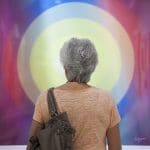100 Years Ago, Joan Miró Held His First Art Show—And It Was a Disaster
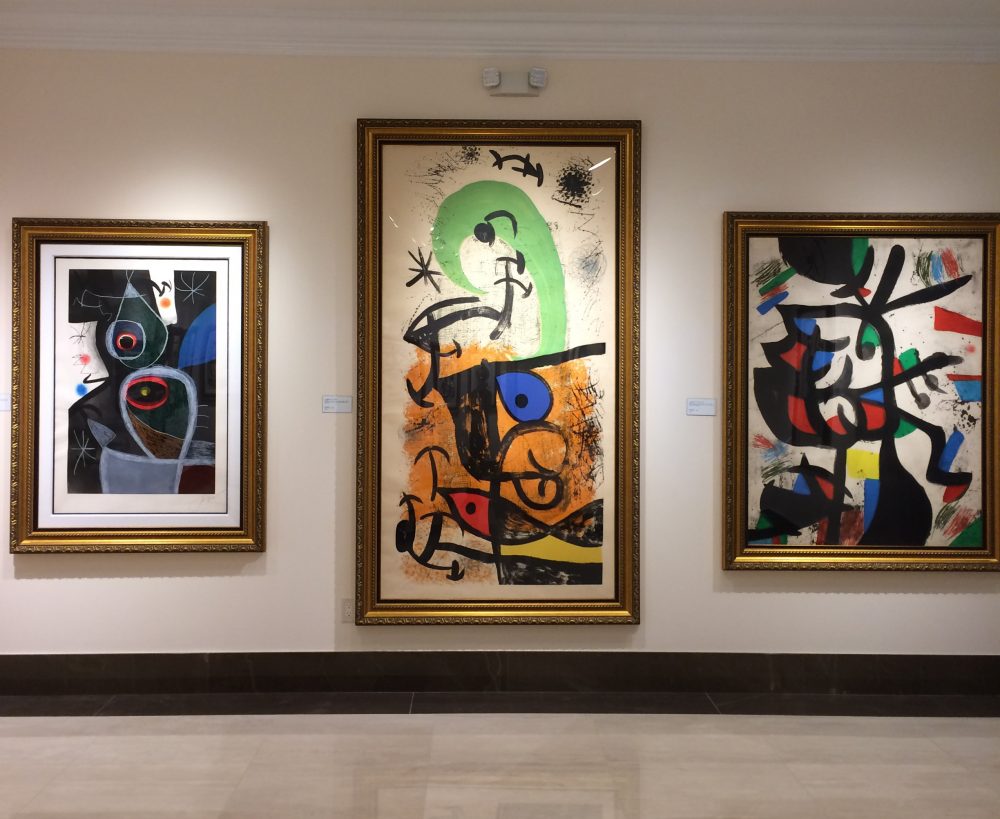
Joan Miro artwork at Park West Museum
Artworks by Joan Miró are found in museum collections around the world. You might expect, then, that his artistic debut in 1918 was highly regarded.
It wasn’t.
2018 marks the 100th anniversary of Miró’s first-ever solo exhibition—a show that didn’t go as the artist planned.
In 1916, Miró frequented the Dalmau gallery in Barcelona. He had just finished his studies at the Francesc Galí’s Escola d’Art the year before and was interested in Cubist and Dadaist works. Miró eventually met with the gallery’s owner, José Dalmau, who also worked as an art dealer.
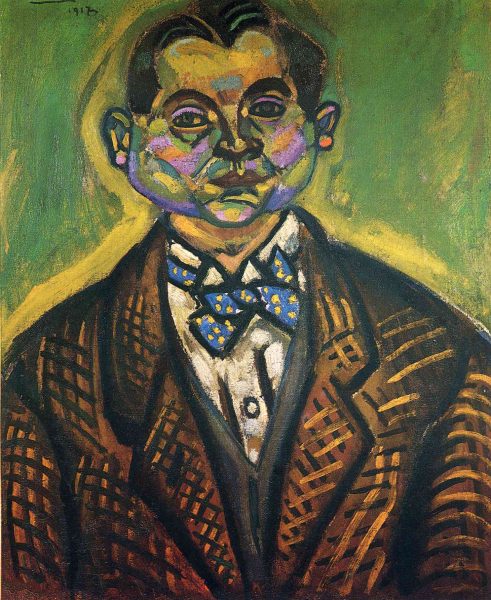
“Self Portrait” (1917), Joan Miro. (Public domain. Image courtesy of wikiart)
Dalmau showed an interest in Miró’s work and encouraged him. He made the artist an intriguing offer—he would host Miró’s first solo exhibition at his Barcelona gallery in February 1918.
Unfortunately, the exhibition was a disaster. Critics and the public alike ridiculed and even damaged Miró’s art, and he didn’t sell a single painting.
One can imagine how the budding artist felt. Miró had previously abandoned a career in business after suffering a nervous breakdown and, to the disappointment of his father, chose the path of art. This had been Miró’s chance to prove he could be successful as an artist.
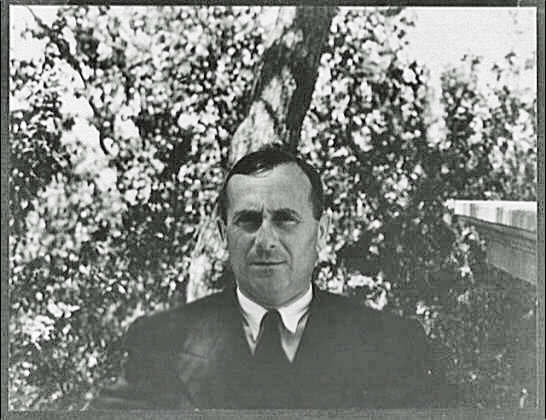
Joan Miró (1935). Courtesy of Wiki Commons/Library of Congress.
Instead of breaking down and quitting his craft, the frustrated artist moved to Paris in 1920 to seek out new inspiration.
“Definitely never again Barcelona,” Miró had said. “Paris and the countryside until I die.”
Parisian Influences
While in Paris, Miró met fellow Spanish artist Pablo Picasso. The famous artist helped introduce Miró to Paris’ avant-garde society. Miró surrounded himself with emerging poets, writers, and other artists, all of whom influenced his style.
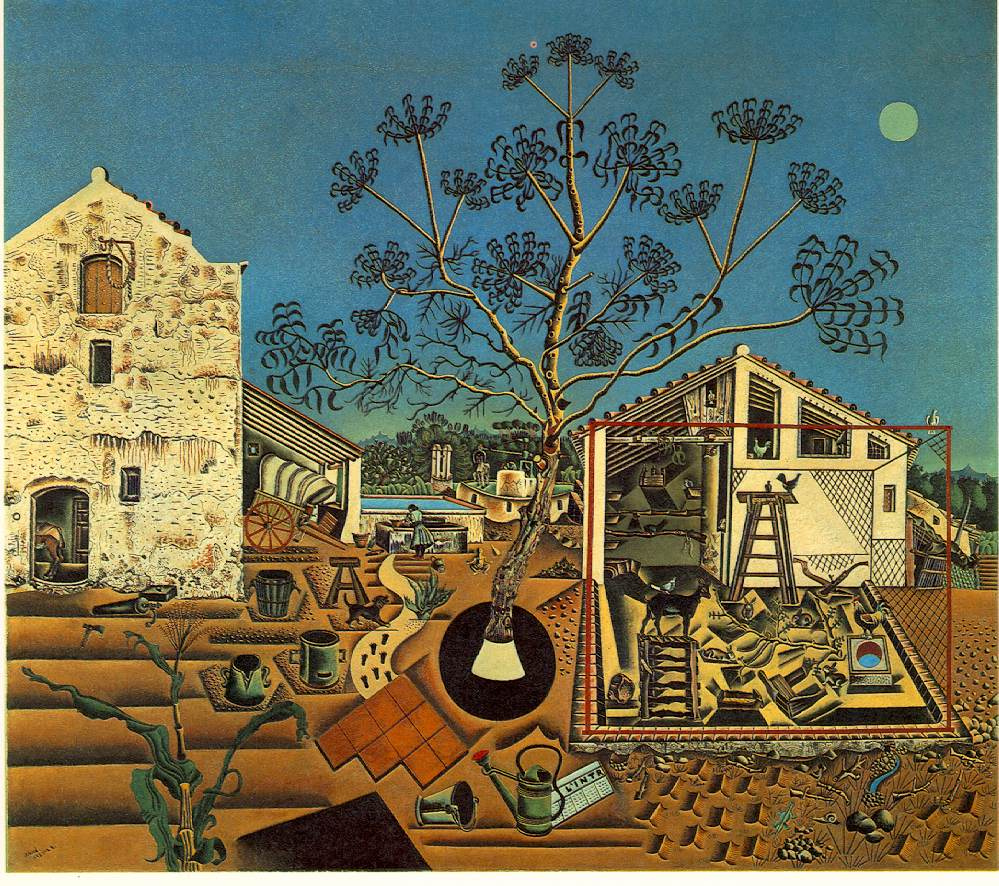
“The Farm” (1921), Joan Miro (Image courtesy of Jari Jakonen)
In 1921, Dalmau gave Miró another chance, organizing Miró’s first Paris exhibition at the Galerie la Licorne. This time around, Miró received more positive acclaim. He began experimenting with surrealism in 1922, and in 1923, Salon d’Automne included Miró’s art in its annual exhibition.
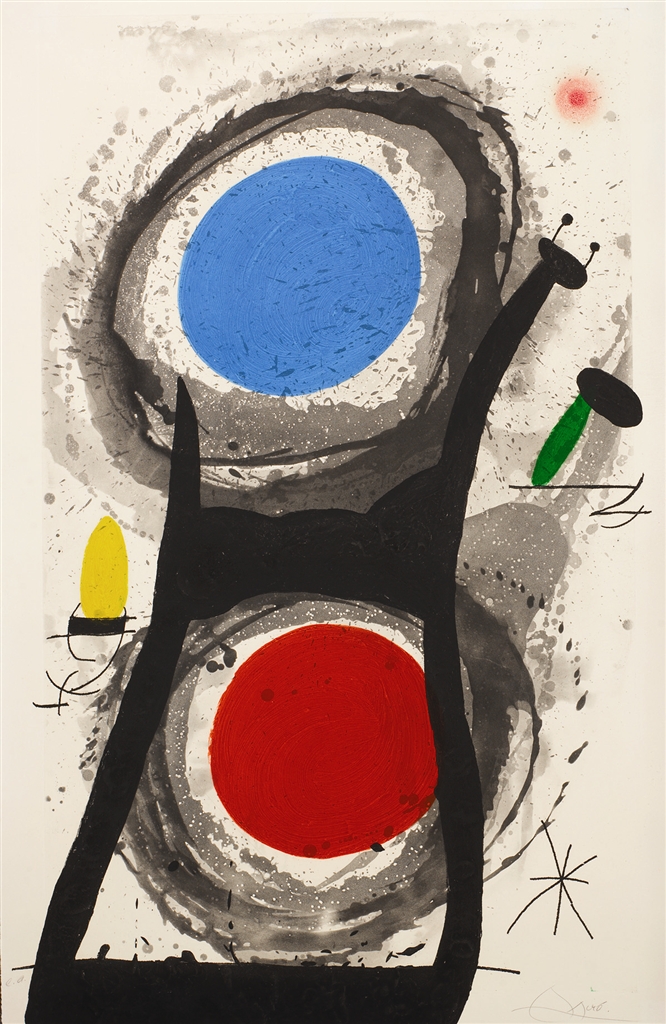
“L’Adorateur de Soleil” (1969), Joan Miró
Miró began associating with the Surrealists in 1924, which inspired his pictorial sign language that became central to his artwork. His 1925 solo exhibition at the Galerie Pierre in Paris served as a herald to the first Surrealist exhibition, “La Peinture surrealiste,” held at Galerie Pierre that same year. The show included works by Miró and Picasso.
Miró went on to create 2,000 paintings, 500 sculptures, 400 ceramic objects, 5,000 drawings, and more than 1,000 different lithographic editions during his career. Major museums located in cities such as New York, London, Paris, and Madrid have featured his art in career retrospectives, both before and after his death in 1983.
Needless to say, Miró came a long way from that doomed Barcelona exhibition held a century ago this year.

The Joan Miró Gallery at Park West Museum
Among the institutions displaying Miró’s art is Park West Museum in Southfield, Michigan. The museum houses a number of Miró’s innovative lithographs that demonstrate why, in 1954, the artist won the Grand Prize for Graphic Work at the Venice Biennale.
To collect the art of Joan Miró, contact our gallery consultants at (800) 521-9654 ext. 4 or sales@parkwestgallery.com.





